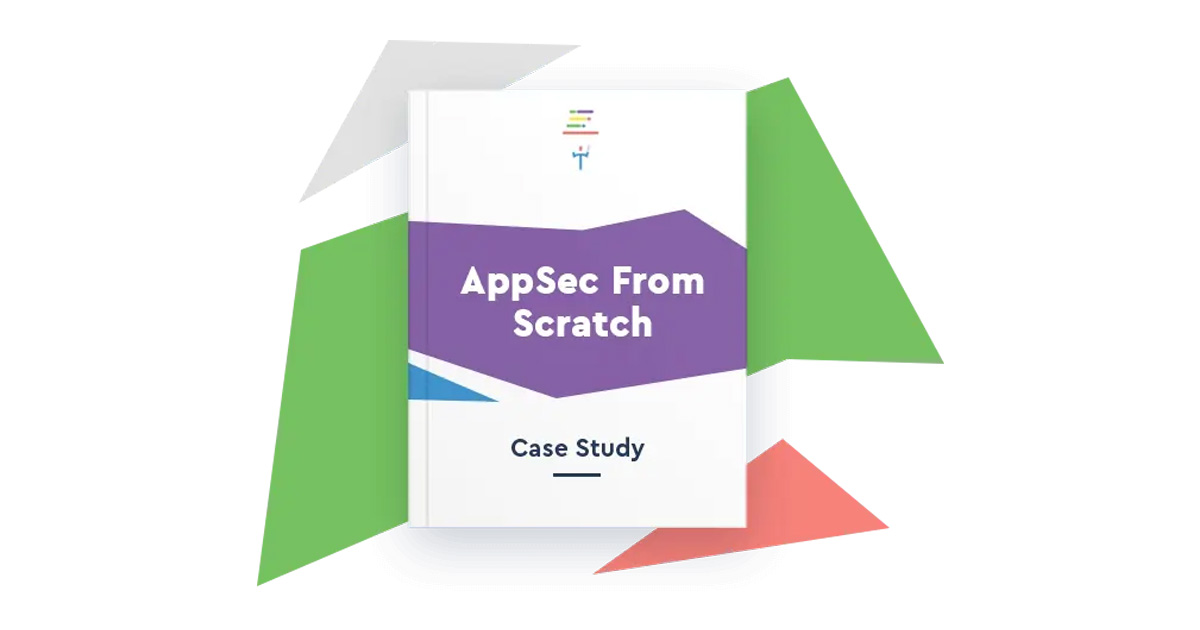About Ödeal
Founded in 2014, Ödeal is theprovider of a payment technologythat allows subscribed businesses to receive payments by debit or credit cards using their mobile phones. Withmore than 68.000 subscribed businessesand a solid business model, the company has received funding in 2021 and has been growing its technology teams rapidly since then.
The Situation
As a rapidly growing fintech start-up with a growing tech team, Ödeal was in the midst ofrestructuring its CI/CD processes.
Due to the sensitive nature of business, security was a concern among the leadership team but with so much on developers’ plates, time could hardly be allocated tocreating a CI/CD pipelineintegrated with security tools.
There was a need for a platform wheresecurity testscouldeasily be integrated with CI/CD pipelineswhich could also provide visibility on the overall security posture of applications
